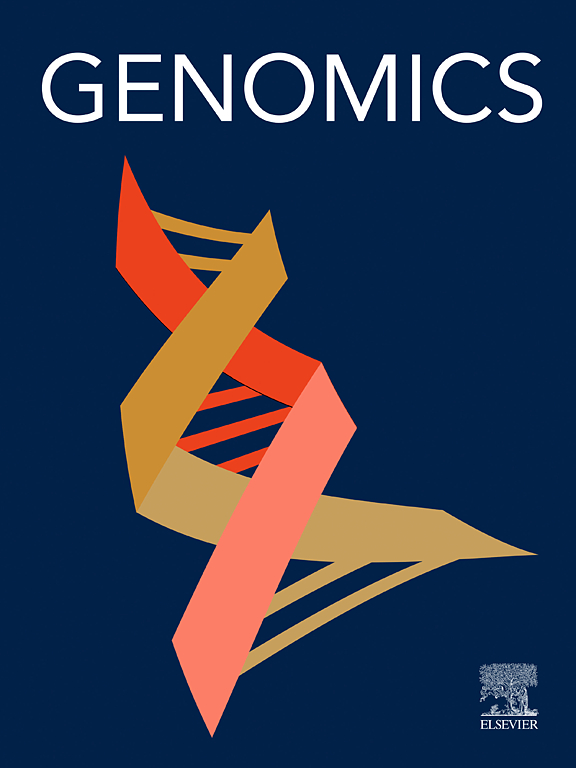大鼠甲状腺在发育过程中暴露于三种体外甲状腺过氧化物酶抑制剂后的不同转录特征
IF 3.4
2区 生物学
Q2 BIOTECHNOLOGY & APPLIED MICROBIOLOGY
引用次数: 0
摘要
甲状腺过氧化物酶(TPO)是甲状腺激素(TH)合成的核心,抑制TPO可导致TH缺乏症。许多化学物质都能在体外抑制 TPO 的活性,但这种抑制作用如何在发育中的甲状腺分子水平上表现出来尚不清楚。在这里,我们利用大容量核糖核酸条形码(BRB)和测序技术,鉴定了暴露于体外TPO抑制剂阿米妥、2-巯基苯并咪唑(MBI)或氰胺的雄性大鼠的甲状腺转录组。暴露于双甲脒会导致甲状腺 TH 缺乏和 149 个差异表达基因。这些影响表明甲状腺处于活化和生长状态。在之前的一项研究中,间苯二酚引起了血清中 TH 浓度的间歇性变化。其中一半以上的基因也受到了阿米妥的影响,这表明它们可能是 TPO 抑制导致 TH 系统发育紊乱的早期效应生物标记。还需要进一步工作来验证该特征,包括评估物质独立性和适用领域。本文章由计算机程序翻译,如有差异,请以英文原文为准。
Distinct transcriptional profiles in rat thyroid glands after developmental exposure to three in vitro thyroperoxidase inhibiting chemicals
Thyroperoxidase (TPO) is central in thyroid hormone (TH) synthesis and inhibition can lead to TH deficiency. Many chemicals can inhibit TPO activity in vitro, but how this may manifest in the developing thyroid gland at the molecular level is unclear. Here, we characterized the thyroid gland transcriptome of male rats developmentally exposed to the in vitro TPO-inhibitors amitrole, 2-mercaptobenzimidazole (MBI), or cyanamide by use of Bulk-RNA-Barcoding (BRB) and sequencing. Amitrole exposure caused TH deficiency and 149 differentially expressed genes in the thyroid gland. The effects indicated an activated and growing thyroid gland. MBI caused intermittent changes to serum TH concentrations in a previous study and this was accompanied by 60 differentially expressed genes in the present study. More than half of these were also affected by amitrole, indicating that they could be early effect biomarkers of developmental TH system disruption due to TPO inhibition. Further work to validate the signature is needed, including assessment of substance independency and applicability domain.
求助全文
通过发布文献求助,成功后即可免费获取论文全文。
去求助
来源期刊

Genomics
生物-生物工程与应用微生物
CiteScore
9.60
自引率
2.30%
发文量
260
审稿时长
60 days
期刊介绍:
Genomics is a forum for describing the development of genome-scale technologies and their application to all areas of biological investigation.
As a journal that has evolved with the field that carries its name, Genomics focuses on the development and application of cutting-edge methods, addressing fundamental questions with potential interest to a wide audience. Our aim is to publish the highest quality research and to provide authors with rapid, fair and accurate review and publication of manuscripts falling within our scope.
 求助内容:
求助内容: 应助结果提醒方式:
应助结果提醒方式:


